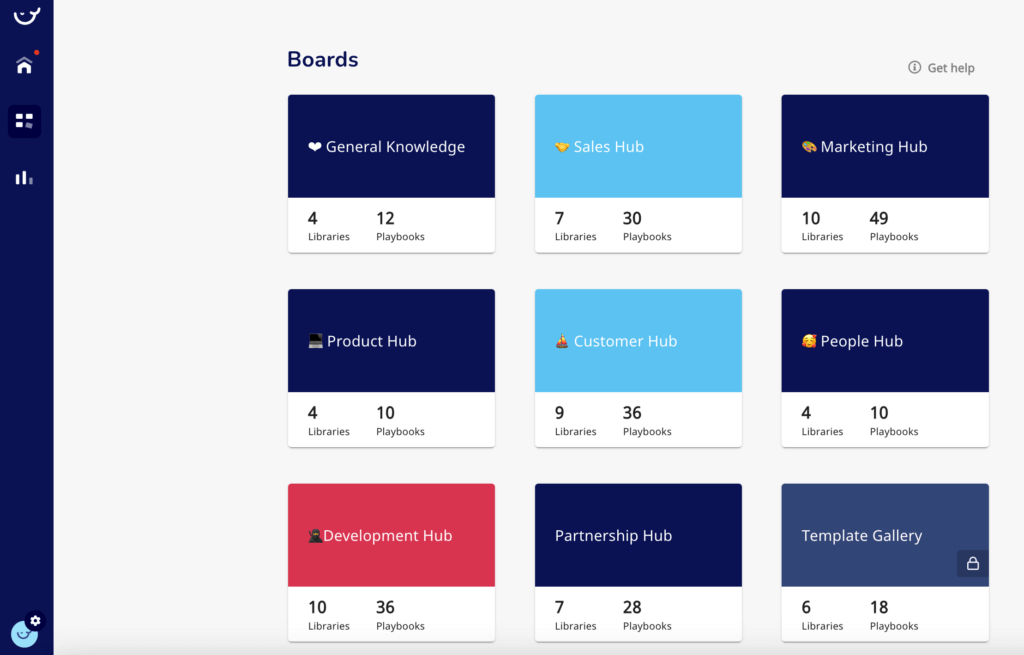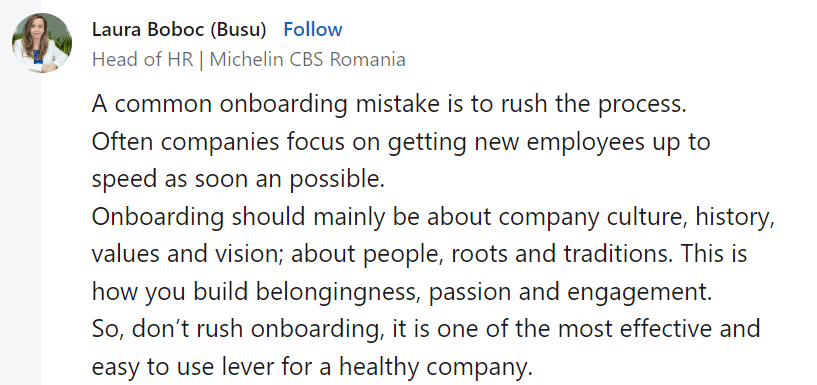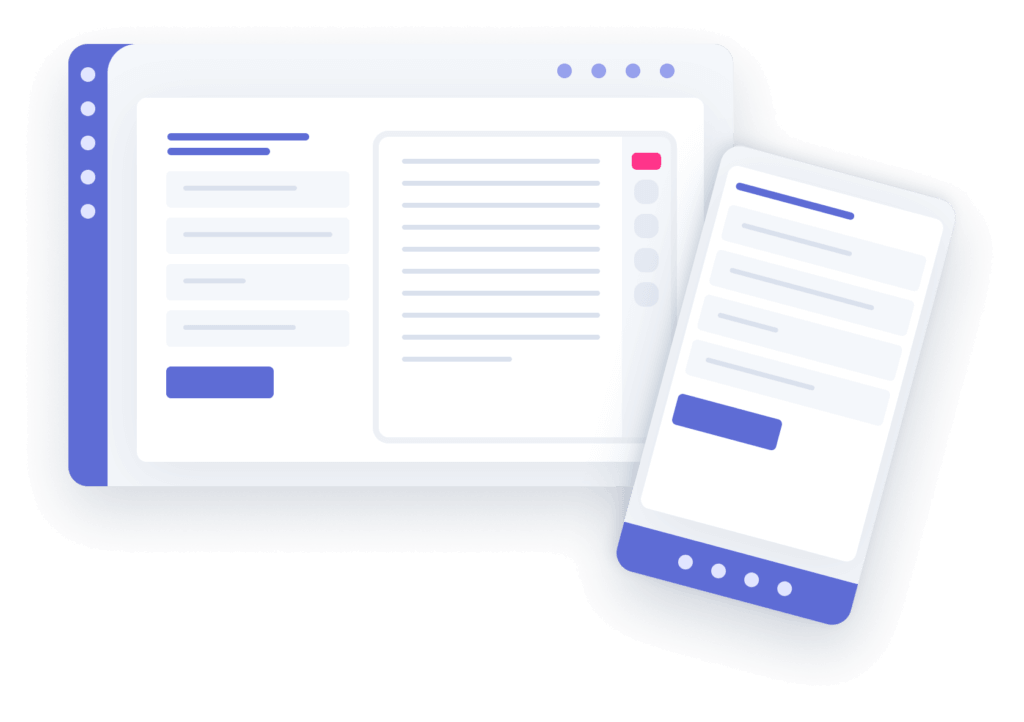We all recognize the value of a robust employee onboarding program, yet it’s surprisingly easy to fall into common onboarding mistakes. However, by addressing these onboarding challenges head-on, you can achieve:
✅ Reduced employee turnover
✅ Higher levels of engagement
✅ Boosted productivity
Let’s dive into the top six onboarding challenges and, more importantly, how you can avoid them.
6 essential employee onboarding mistakes and challenges to avoid
1. Lack of preparation before day one
One of the most significant onboarding challenges companies face is the lack of preparation before a new hire’s first day. Without a clear and well-structured plan, businesses risk making common onboarding mistakes that can leave new employees feeling unwelcome or unanticipated. This can manifest in various ways, from not having essential equipment ready to failing to prepare team members for the new arrival.
Such a lack of preparation can lead to anxiety and a negative first impression, slowing down the new hire’s integration and delaying the start of their training, which ultimately impacts their productivity and confidence.
To avoid this common onboarding challenge, companies need a well-defined onboarding plan in place before the new hire arrives. This includes ensuring all necessary resources are prepared and that the entire team is informed and ready to welcome the new colleague.
Furthermore, you need to develop a pre-onboarding checklist to ensure new hires feel valued and excited for their first official day. Here are some essentials you can send to streamline the process:
✅ A “Welcome to the company” email
✅ Documents for e-signature
✅ A swag package with company merch like a hoodie, mug, and pen
✅ The employee handbook

2. Overly generic onboarding programs
Another common onboarding challenge is relying on overly generic programs that fail to address the specific needs of the new hire or their role.
When onboarding programs are too broad, they often overlook the unique skills and knowledge a new employee needs to succeed. This can leave the employee feeling lost or unmotivated, while the company misses out on maximizing its investment in new talent.
To overcome this onboarding challenge, companies should tailor their programs to fit the specific role and needs of each new hire. This can involve creating a customized training plan and assigning a mentor or buddy to guide the new employee through their first few months.

3. Inefficient communication during the onboarding process
Communication is a cornerstone of any successful onboarding process, yet a lack of clear and effective communication is one of the most common onboarding mistakes companies make.
When communication breaks down, it can lead to misunderstandings, unclear expectations, and a sense of disconnection. New employees need to feel informed and supported to adapt quickly to their new work environment.
To overcome this onboarding challenge, companies should establish open and effective communication channels from day one. This includes regular check-in meetings, providing a detailed welcome handbook, and keeping an open line of communication for any questions or concerns the new hire may have.
Your new hires are invaluable sources of feedback that can help you improve your onboarding process and better retain future talent. They can provide insights on:
- Whether your onboarding program was detailed enough to prepare them for their role
- Any gaps in your onboarding process
- How accurately your company’s culture was represented during onboarding
Gathering this feedback not only helps refine your onboarding process but also shows employees that you value their opinions. When employees feel heard, it fosters an environment where they can openly share their thoughts, leading to greater engagement.

4. Not assigning a mentor or buddy
A common onboarding mistake is failing to assign a mentor or buddy to the new employee. This oversight can slow down the new hire’s integration and make it harder for them to adapt to the company’s culture and dynamics.
New employees often feel overwhelmed by the sheer volume of new information and the challenge of adjusting to a new work environment. Without a designated point of contact, they may struggle to know who to turn to for guidance or with questions.
Assigning a mentor or "buddy" can significantly ease the new employee’s transition. This person can serve as a go-to resource for answering questions, providing feedback, and helping the new hire integrate smoothly into the team and company culture

5. Limiting onboarding to just one week
A common mistake in the onboarding process is limiting it to just one week. This approach assumes that if onboarding is confined to the first week—when there’s a mountain of paperwork—new hires will be ready to hit the ground running in week two. However, this is a significant onboarding challenge many companies face.
In reality, the most intensive part of onboarding occurs in the weeks leading up to a new employee’s start date and continues through the following weeks. But effective onboarding doesn’t stop there!
To truly address onboarding challenges and retain new hires, a thorough onboarding program can extend up to 90 days or even a year. During this period, you’ll need to:
✅ Continue integrating them into the company’s culture
✅ Resolve any outstanding issues
✅ Offer ongoing training and development opportunities
✅ Review their performance
✅ Provide and gather feedback
While the initial week is crucial, maintaining an extended onboarding process is essential for ensuring long-term success and addressing common onboarding mistakes.
6. Failing to provide continuous feedback
Feedback is essential for development and is a critical component of any onboarding process. Unfortunately, many companies make the mistake of not providing continuous feedback during the onboarding period.
Without regular feedback, new employees may not know if they are meeting expectations or where they need to improve. This lack of feedback can lead to uncertainty, decreased confidence, and disengagement.
To address this, companies should establish a regular feedback loop during the onboarding process. This can include weekly check-ins or performance reviews to discuss progress, provide constructive feedback, and set clear expectations.
And, speaking of expectations…Even if your new hire brings extensive experience to the table, they lack experience within your specific company. This is a common onboarding challenge that many companies encounter. Often, companies assume that new employees understand exactly what’s expected of them without explicitly communicating these expectations. They might rely solely on the job description to convey the role’s responsibilities within the company’s ecosystem.
In reality, employees excel when they clearly understand what is expected of them. For instance, if you hire a sales rep, their previous role might have focused solely on closing deals. However, you might expect them to find and close deals as well as upsell existing customers. Without clarifying these expectations, you risk your new hires not reaching their full potential.
To avoid this common onboarding mistake, clearly define and communicate your expectations from the start. Additionally, conduct regular performance evaluations to ensure their work aligns with your expectations.
By addressing these common onboarding mistakes and overcoming the associated challenges, companies can develop a more effective and efficient onboarding process that sets new employees up for success. Ensuring a positive onboarding experience benefits not only the new hires but also enhances the overall health and productivity of the organization.
Streamline employee training and onboarding to shorten new hire ramp periods
Bottom line?
Your onboarding program is the beginning of a long, lasting relationship between your new hire and your company. And now that you know some common pitfalls to avoid, you’re one step closer to creating a process that can positively impact how employees interact with your company. 🤩
Need help documenting your onboarding process in one place so you always know you’re avoiding these mistakes for each employee you hire?
Read Everything you need to know about employee onboarding
Or just sign up for Whale’s forever-free plan today and test it out for yourself.
FAQs on employee onboarding mistakes
What are your biggest challenges when doing remote onboarding?
One of the biggest challenges in remote onboarding is creating a structured and engaging experience for new hires who might feel isolated without in-person interactions. Without a formal process, remote employees can struggle with accessing information, engaging with peers, and integrating into the company culture.
Additionally, the lack of peer-to-peer interaction and centralized resources can lead to inefficiencies and disengagement. Overcoming these challenges requires a well-organized, technology-supported onboarding process that fosters communication, provides easy access to information, and maintains employee engagement throughout their onboarding journey.
To address the challenge of creating a structured and engaging remote onboarding experience, you can implement several strategies. Start by designing a comprehensive onboarding plan that includes scheduled check-ins and virtual meet-and-greets to foster a sense of connection. Utilize digital tools to create centralized resources, making information easily accessible. Incorporate interactive training sessions and encourage peer-to-peer communication through virtual platforms. Regular feedback loops and mentorship programs can also help new employees feel supported and integrated into the company culture.
Are there templates to help me onboard new hires?
Yes! You can head on over to our onboarding templates on Whale where you’ll find;
- The complete onboarding checklist
- An onboarding checklist for new hires
- A 30-60-90 day onboarding process
How does software assist in overcoming onboarding challenges?
Using employee onboarding software, like Whale, assists avoid onboarding mistakes by;
- Having a systemized onboarding process
- Providing a central resource for team members to access information needed
- Automated employee onboarding workflows remove repetitive manual steps and frees up time for human connection







